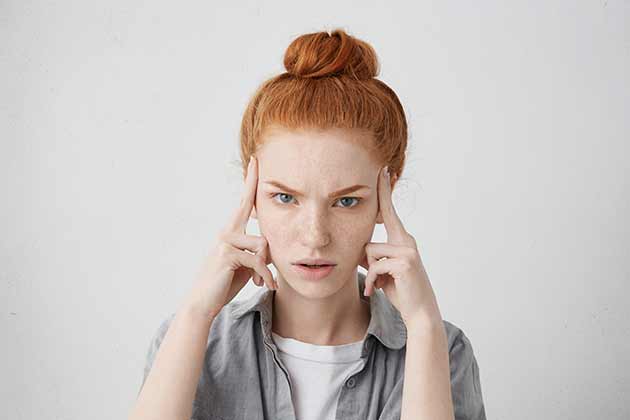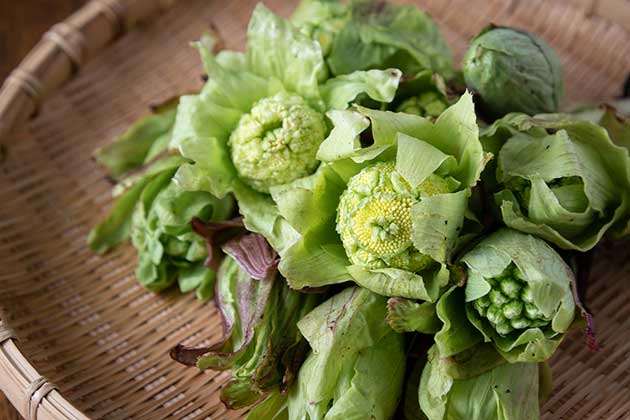Rub Peppermint Oil on Your Forehead

Peppermint oil has been used for migraines for ages. Scientists aren’t really sure how it works, but it helps relax the muscles around your skull, which can cause major migraines. One study found that it can even alleviate nausea and vomiting from migraines. Keep in mind that it’s always best to dilute the oil before putting it directly on the skin.
Eat Almonds
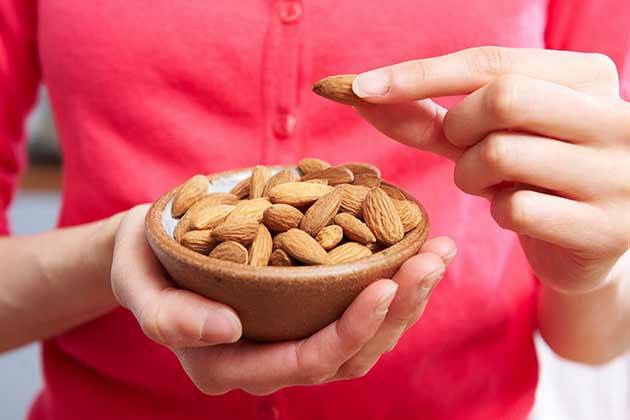
Studies have found that taking magnesium can help get rid of migraines, but taking a pill can be too much magnesium. Instead, munch on almonds. If you find this too painful, you can also eat spinach, but almonds have a much higher magnesium amount, and the fiber can help your body absorb it better than a pill.
Take a Nap
Drink Chamomile Tea

Chamomile is a known anti-inflammatory and has soothing properties. Drinking a glass of chamomile tea can help stop and prevent migraines from even stopping. If you’re already suffering from a migraine, it’s best not to add any sugar to your tea, as this could make the pain much worse. You’ll also get better effects using German chamomile (matricaria recutita).
Massage your Temples
Inhale the Aroma of Lavender

Lavender oil is a mood stabilizer and sedative. For this reason, it can help relieve migraines that are associated with stress and tension. If you’re suffering from a migraine, inhale the aroma of lavender essential oil for 15 minutes. You can also rub it on your forehead or temples, but be sure to dilute it first.
Grab a Coffee

It may seem counterproductive, but caffeine can ease a migraine. Excedrin and other medications often have caffeine as an active ingredient because it narrows your blood vessels and counters the dilation. This decreases the amount of throbbing you may experience during a migraine.
Take a Run

In general, exercise is helpful for preventing migraines because it helps relieve stress. It can also help balance hormones, improve sleep quality, and decrease inflammation. However, make sure you don’t push yourself too hard. Too much exercise can worsen migraines. It’s important to track your symptoms to identify if exercising is a trigger.
Eat Salmon
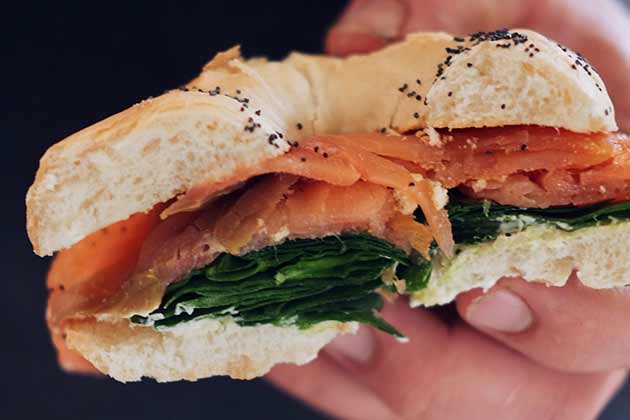
Foods that are high in omega-3 fatty acid can reduce inflammation as well. Healthy fishes like salmon and sardines can help control blood flow and decrease the risk of a migraine attack. You can also try nuts and seeds to get your daily allowance of omega-3 fatty acids.
Capsaicin Cream
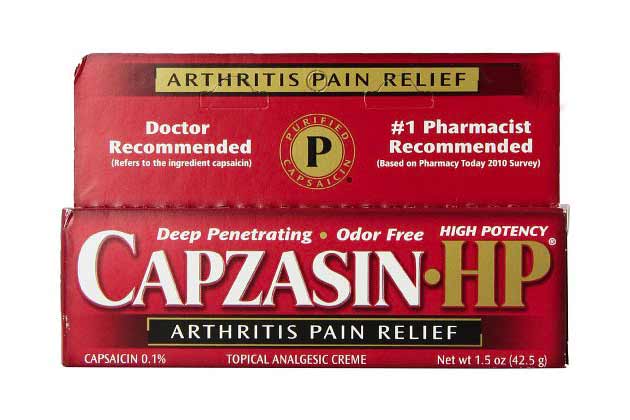
A small amount of capsaicin cream on the inside of your nostril can help block the signals that are sending pain to your brain. Capsaicin is an ingredient that’s found in a variety of pain-relieving ointments and can be found as a cream or even a nose spray. It’s frequently been used by those with arthritis to help blood flow.
Drink Water

Let’s just admit that most of us don’t drink enough water. We’re chronically dehydrated, and it only gets worse the more coffee we drink. Sometimes, migraines can be caused by not drinking enough water. Try to drink a couple of glasses and see if your migraine doesn’t go away in a couple of hours.
Chew a Piece of Ginger

Ginger is basically a superfood for your body. It can help relieve nausea, loss of appetite, and even help a migraine. A study found that ginger powder can decrease the severity of a migraine attack within two hours of use.
Eat Beef Liver or Lamb

Vitamin B2, also known as riboflavin, can be found in a variety of foods like beef liver and lamb. Studies have shown that it can help prevent migraines from occurring as long as you get your daily recommended value. While beef liver and lamb are the best sources, a cup of natural yogurt can also be a source of B2.
Put on an Ice Pack
Do Some Yoga
Meditate
Have Feverfew Tea
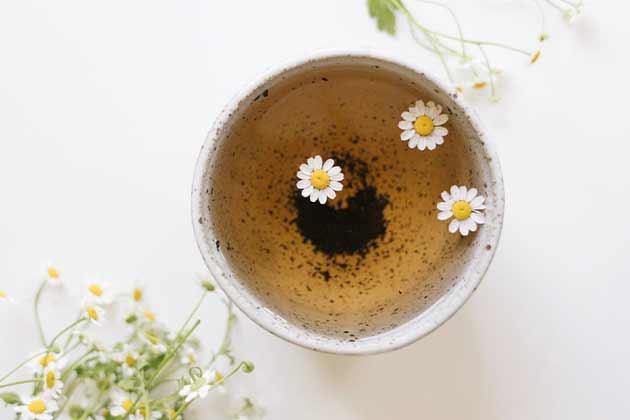
Feverfew leaves are already a popular remedy for migraines, but it may be a little tough to find. If you do, you can make a tea out of a large leaf or three smaller ones. They taste a little bitter, so it may be best to brew it lightly at first. You also should avoid feverfew if you’re pregnant or breastfeeding. Additionally, feverfew may cause mouth ulcers and skin irritation in those who are allergic.
Have Some Butterbur
Dim the Lights

How much migraine-causing light do we really come into contact with every day? Let us count the ways: Natural light from windows and being outside, lights overhead in the office, light from our cell phones, and light from our computer screens. May we suggest wearing sunglasses, hanging black-out curtains, adding anti-glare screens, and using fluorescent light bulbs to cut back on migraines?
Let Your Hair Down
 Author
Sherrill Dean
Last Updated: December 15, 2025
Author
Sherrill Dean
Last Updated: December 15, 2025

